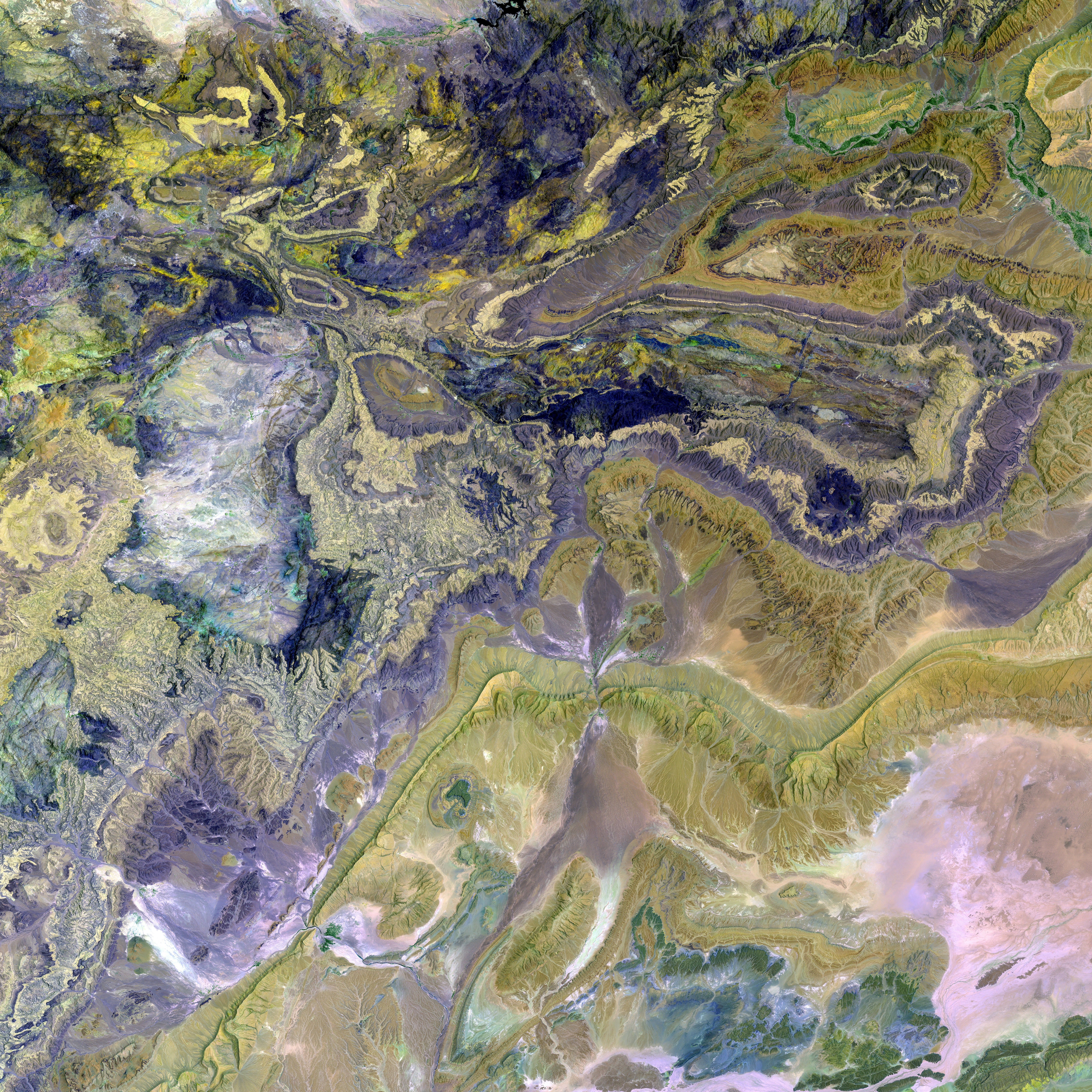Preparing for Dangerous Wildfires: Expert Recommended Items for Safety
Going Prepared for Wildfires: A Comprehensive Guide
Fire season doesn't have to be a nerve-wracking time, especially if you live in California. To beat the heat and danger, it's essential to have a plan and be ready to execute it when needed. This guide covers all the bases, with expert advice from fire departments and the American Red Cross.
How to Prepare for a Wildfire
Preparation begins with awareness. Sign up for local emergency alerts to be informed about weather and fire conditions, red flag warnings, and evacuation orders. WEA (Wireless Emergency Alerts) is the primary source for disaster updates, but social media can also provide real-time updates from your local fire department and law enforcement.
The Red Cross Emergency: Severe Weather App is also a valuable resource, offering shelter maps, emergency alerts, and planning resources. Watch Duty's wildfire maps and notifications are another excellent resource, available on both Android and iOS.
Remember, it's advisable to prepare year-round, as wildfires can strike at any time, even during fall and winter.
Make a Plan
An evacuation plan is vital to ensure a quick and safe exit when the danger is imminent. Plan for the "Six Ps":
- People and pets: Identify clear exit routes, discuss evacuation plans with family, and plan for your pets
- Papers, phone numbers, and important documents: Keep track of insurance policies, trusts, and contact lists
- Prescriptions, glasses, and other health care essentials: Gather medications and health care supplies
- Pictures and other irreplaceable items: Store prized photographs and sentimental items safely
- Personal computers and hard drives: Include laptops and external hard drives in your plan
- Plastic: Bring cash, debit cards, and credit cards
Connect with neighbors to leverage local resources in case of emergency.
Create a Defensible Space
Creating a defensible space around your home can significantly reduce the risk of damage during a wildfire. This involves clearing potential fuel sources (like grass, brush, and firewood) and implementing nonflammable landscaping features to harden your home.
Fire preparedness guides typically divide recommendations into three zones:
- Zone One (within 30 feet of your home): Clean gutters, remove flammable materials, and use fire-resistant landscaping
- Zone Two (30 to 100 feet from your home): Store combustible materials in vegetation-free zones and plant fire-resistant vegetation
- Zone Three (more than 100 feet from your home): Thin, prune, and space out vegetation
For more information, consult the National Fire Protection Association (NFPA) guide or the Federal Emergency Management Agency's (FEMA) defensible space fact sheet.
Prepare a Go Bag
Packing an emergency go bag with essential items is crucial for quick evacuation. You can use a checklist from the Red Cross, Homeland Security, or local fire department, but the recommended supplies are generally the same.
Here are some must-haves for your go bag:
- Food and water: Store three days' worth of fresh water supply and non-perishable food rations
- Flashlight: Include a compact and powerful flashlight like the Maglite Solitaire
- N95 mask: Protect your lungs from hazardous smoke with an NIOSH-approved N95 respirator, such as the 3M Aura Particulate N95 Respirator
- Portable charger: Carry a high-capacity power bank like the UGreen 145W Power Bank to keep your devices charged
- Emergency radio: Invest in a multifunctional radio like the Midland ER310 Emergency Radio for weather updates and communication
- First aid kit: Store a comprehensive first aid kit like the Johnson & Johnson All-Purpose First Aid Kit
- Emergency blanket: Keep a versatile, affordable, and lightweight emergency blanket like the SOL Emergency Blanket for warmth and shelter
For a more comprehensive guide on the best wildfire preparedness supplies, check out The Best Wildfire Preparedness Supplies of 2024.
In case of a wildfire, listen to emergency alerts, evacuate promptly, and follow the directives of local fire and law enforcement. For more information on what to do during, after, and when returning home, consult the related articles mentioned in the original guide.
Wildfires can be devastating, but with preparation, you can protect your home, belongings, and loved ones. Take steps today to ensure your family's safety tomorrow.
In addition to the preparations mentioned, understanding the potential impacts of climate change on increased wildfire frequency is crucial. The plant life and vegetation that serve as fuel for fires may grow more rapidly due to warmer temperatures, making it essential to stay informed about environmental science and how it affects medical-conditions such as respiratory issues that can worsen due to the increased smoke conditions.
Moreover, remember that wildfires don't merely pose a threat to human health and wellness, but they also impact the environment. Foundational knowledge in environmental-science, particularly climate-change and its implications, will help us better adhere to sustainable practices in fire prevention, minimizing the destructive environmental footprint of wildfires, and promoting long-term health-and-wellness for all.








